Space Matters: A facilities upgrade for neuroscience labs enhances collaboration and community
By Jim Cooney
Yutong Li, a Boston University PhD student working in the neuroscience lab of Associate Professor Joseph McGuire, decided to take a short walking break from her work. Curious what her neighbors might be up to, she entered the spacious and brightly lit corridor that her group now shares with eight other labs, all of which recently relocated to the newly renovated 2nd floor of the 111 Cummington Mall building.
As she walked past a nearby lab run by Professor Robert Reinhart, she saw through the glass paneling that several people were gathered around a single computer screen. “Apparently someone in the Reinhart Lab had encountered something puzzling in their recent analysis,” says Li, “and so they had invited a few people from Rachel Denison’s lab to come have a look.” Li decided to join the group to see if she could help too. “In the end we had people from three different neuroscience labs working spontaneously on the same problem. I don’t think that would have happened so easily in our old lab space.”
The facilities at 111 Cummington Mall represent a significant upgrade for these labs which are affiliated with the Cognitive Neuroimaging Center and the Center for Systems Neuroscience. The research groups had previously operated out of temporary space located at 677 Beacon Street which had not originally been designed for research—the building has since been sold to the City of Boston and will become part of larger redevelopment project unfolding along the Massachusetts Turnpike.
The new 111 Cummington Mall facility, though located only about one thousand feet away, is more firmly embedded in the BU Charles River Campus and more accessible to pedestrians than the rather isolated 677-facility, which is situated across the busy thoroughfare of Beacon Street.
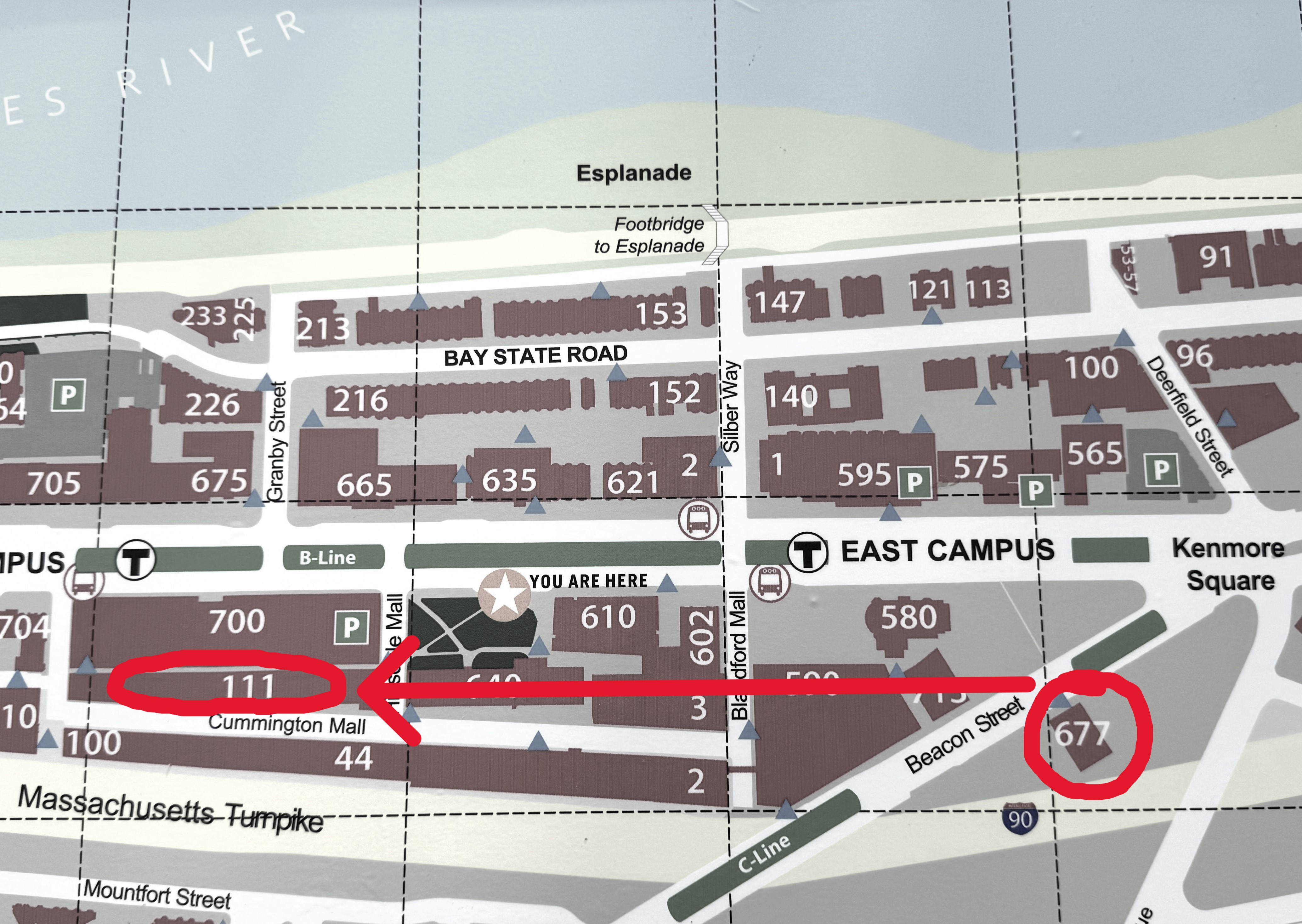
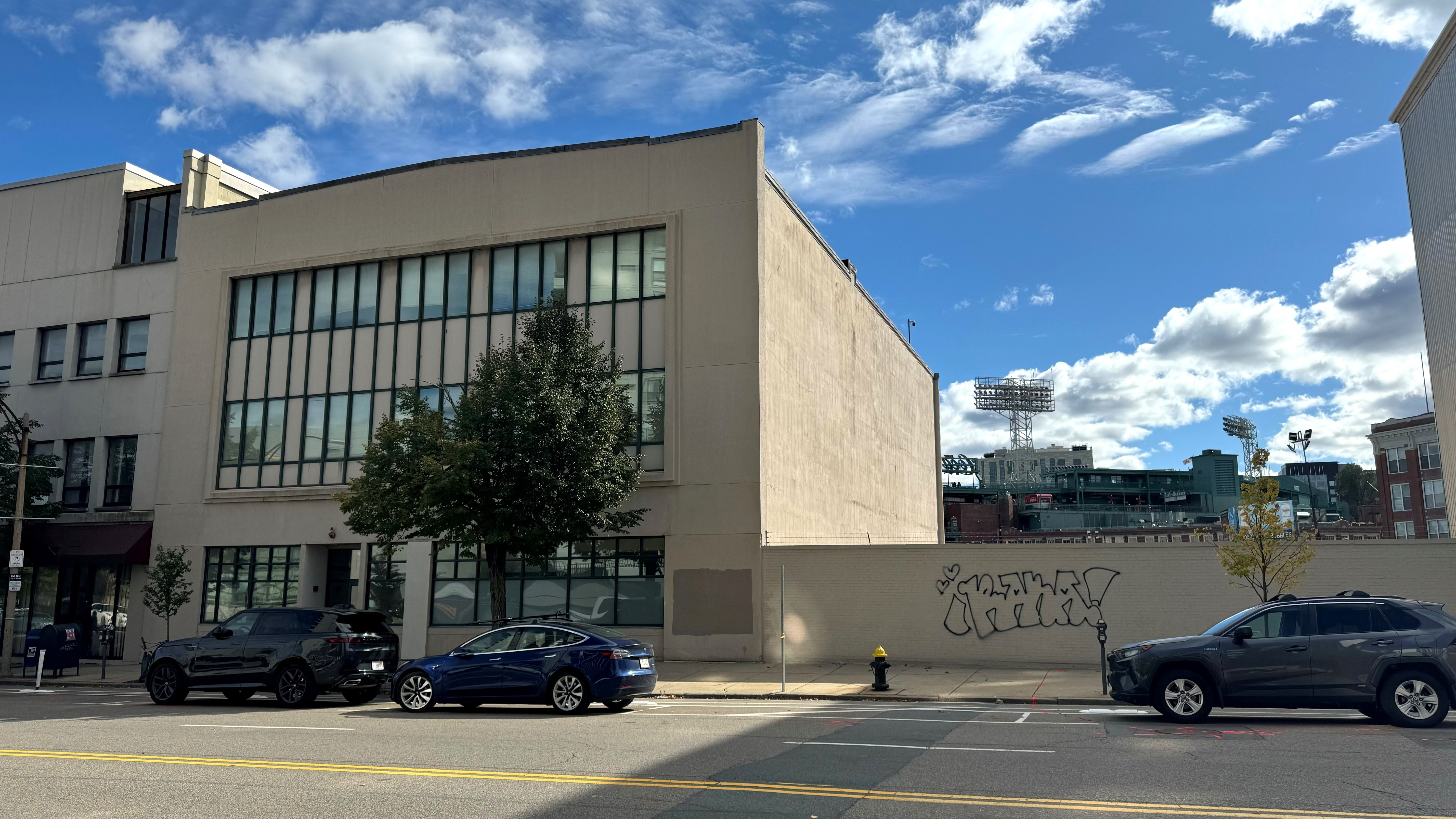
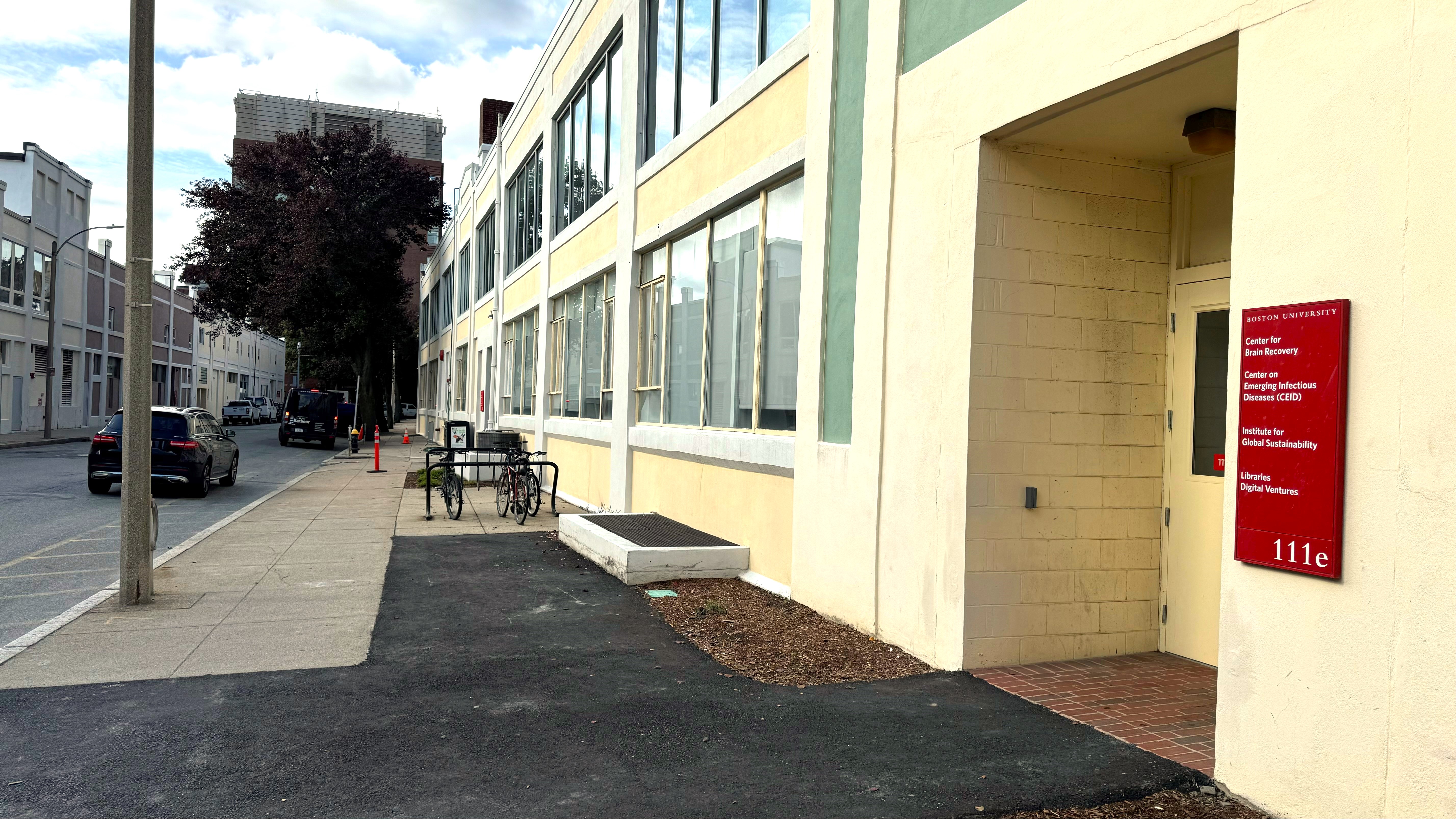
Professor Simone Gill, an associate professor of occupational therapy who directs the Motor Development Laboratory, enjoys being closer to her department at the Sargent College of Health & Rehabilitation Sciences as well as to her collaborators in the department of Psychological & Brain Sciences. “My hope is that this improved proximity will help me forge new collaborations with my colleagues.”
Gill says the space in the new facility is also more comfortable for her study participants, many of whom represent special-needs populations such as those who struggle with Parkinson’s Disease. “Our proximity to the parking lot at Warren Towers makes the lab much more accessible for participants,” she adds.
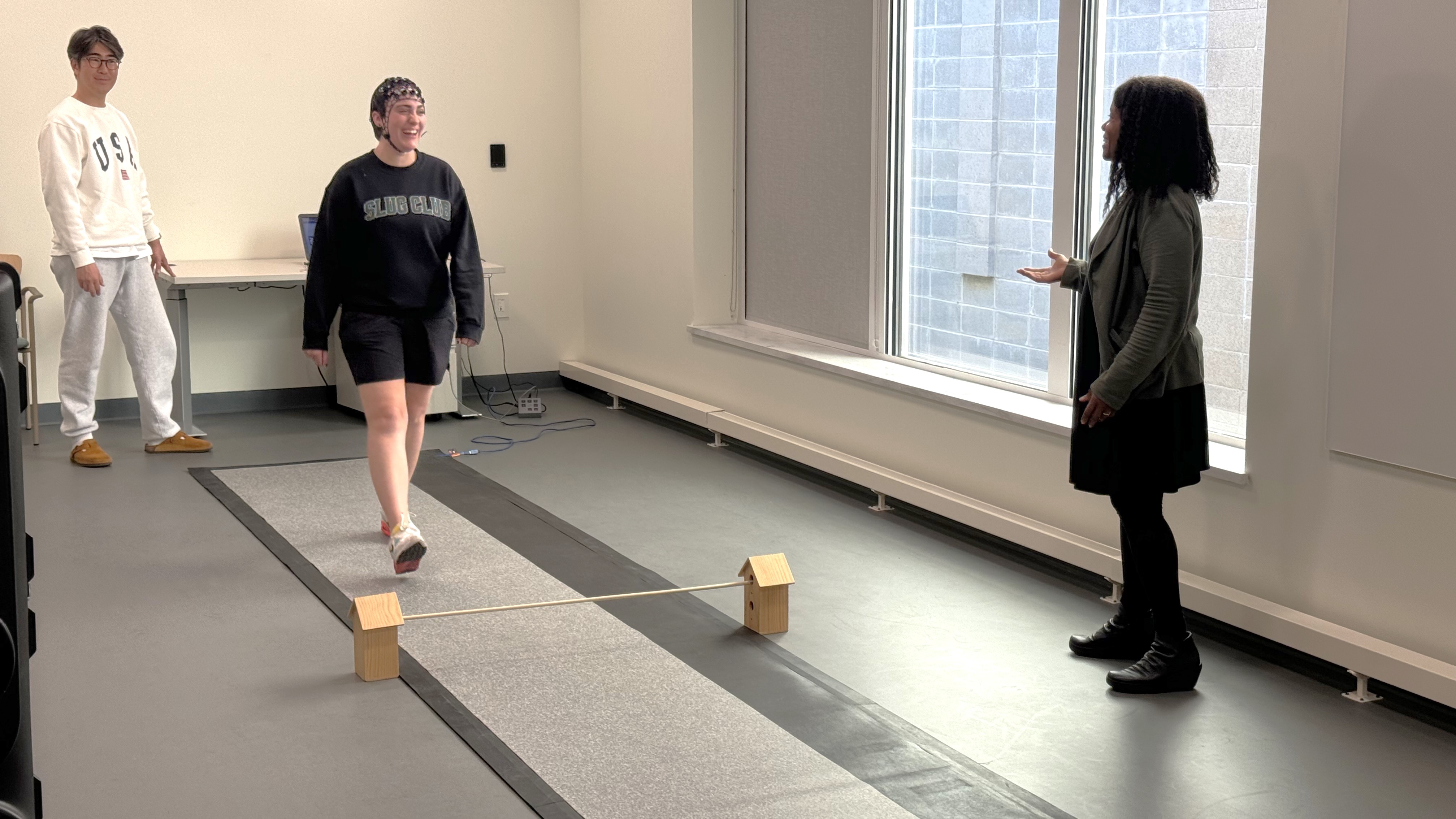
The new space also brings the labs in greater proximity to other important resources, such as the Siemens 3 Tesla Magnetic Resonance Imaging (MRI) scanner housed at the nearby Cognitive Neuroimaging Center, a device many of the relocated scientists use to conduct their research.
Besides its advantageous location, the new space was also designed with research-specific features, such as experimental rooms and chambers that give occupants greater control over temperature, as well as soundproof booths for conducting experiments that require strict control over the auditory environment and isolation from electrical interference.
The greatest attribute of the new space, however, may be its potential for invigorating a sense of community and creating opportunities for collaboration. Joe McGuire, an associate professor of Psychological & Brain Sciences who runs the Cognition & Decision Lab, points out that labs at the 677 Beacon Street facility were dispersed across four floors and relegated to tight spaces. By contrast, “the interior layout of the new space is thoughtfully designed. Having labs and offices along a single corridor and a good mix of private and shared workspaces really increases the chance for informal interactions.”
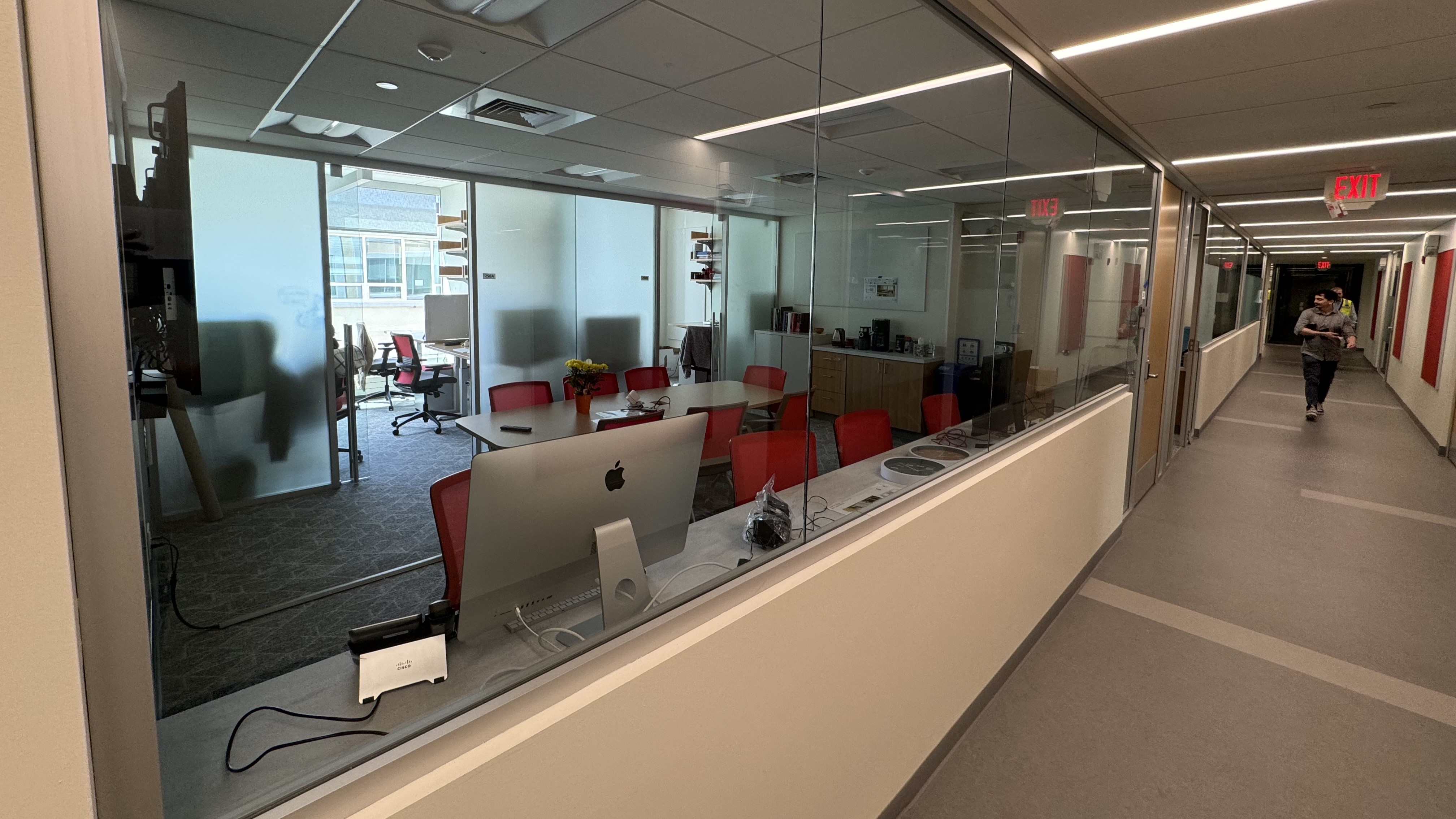
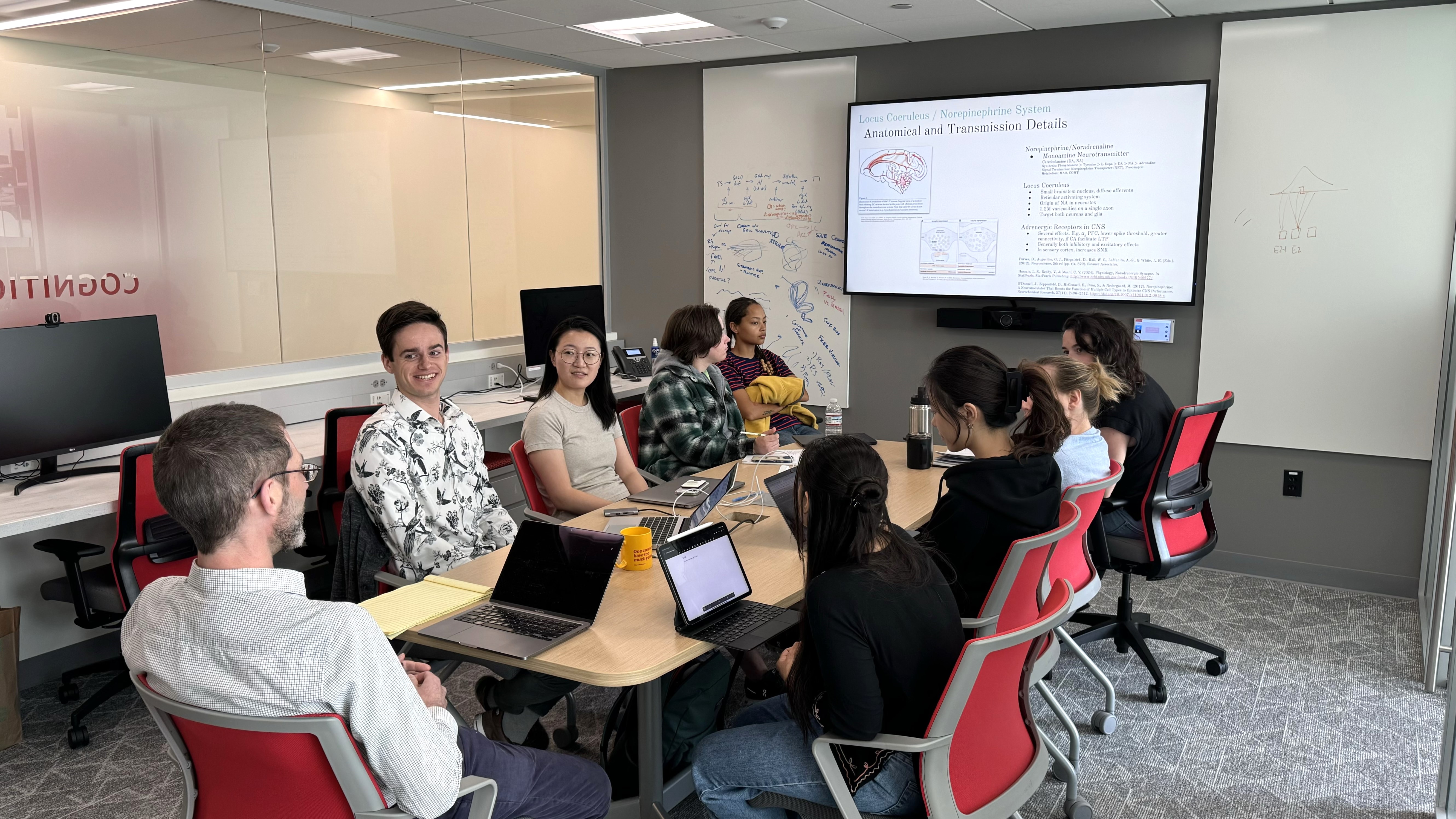
PhD student Lena Schaefer, who works in McGuire’s lab, agrees. “The closed-off spaces in the last space made it difficult to know whether other people were working nearby. Here, the layout and the glass partitions create an open atmosphere that makes it easier to see people and to just swing into a space to talk.”
Laura Keegan, a PhD student working in Simone Gill’s lab, says the more modern-looking space, accented by new furniture and better lighting, also serves as a strong enticement to work on site. “Our research assistants are coming in more frequently now, opting to work in person rather than remotely.”
Keegan adds, “I also just love the windows here! Our last lab space was in the basement of the building and so we had no natural light.”